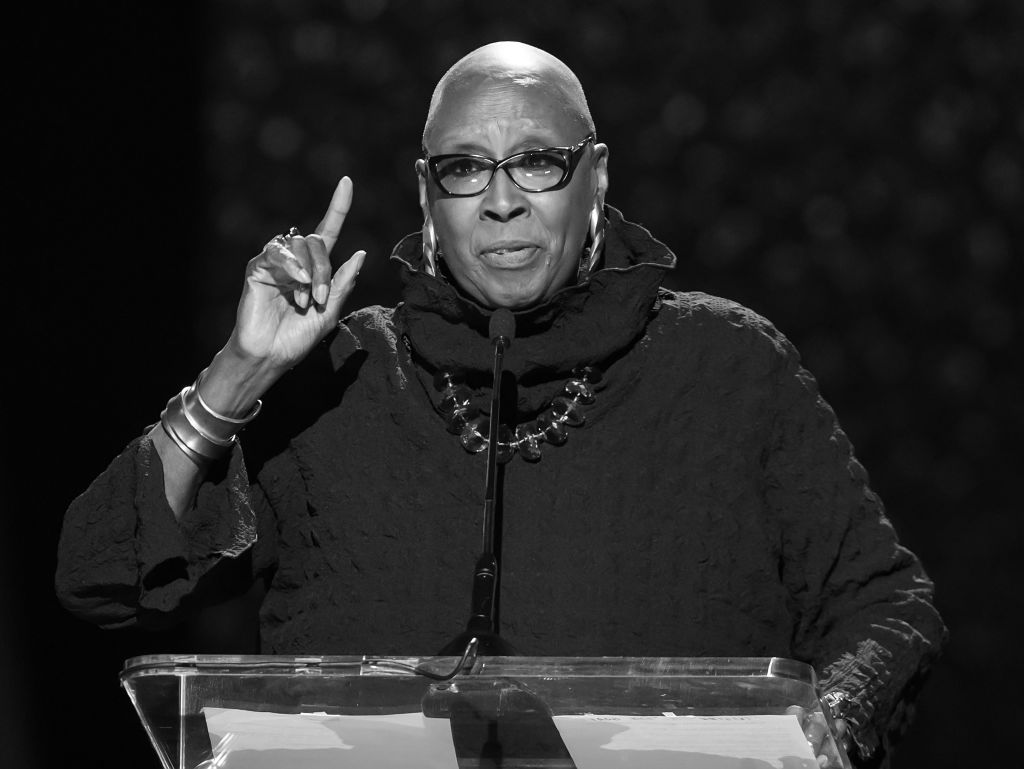
Photo by Wellness Gallery Catalyst Foundation: https://www.pexels.com/photo/man-people-woman-girl-12085633/
U.S. News & World Report recently released its 2022-2023 nursing home ratings, which revealed major differences in its assessments compared with the Centers for Medicare and Medicaid’s (CMS) star rating system. The media company found that only a small portion of the nation’s 15,000 nursing homes were high performing in short- or long-term rehabilitation, and only a few hundred were high performing in both.
The data team is making their figures available to journalists who want to conduct their own analysis of facilities in their state or community.
While CMS’s most recent ratings show 4,261 short-term and 5,080 long-term facilities received five stars, the U.S. News analysis found only 1,658 homes were high performing in short-term rehabilitation, 1,103 homes were high performing in long-term care and 335 were high performing in both. In one example, 25 homes that CMS called “five star,” U.S. News rated as only one out of five. And more than 3,600 nursing homes received four or five stars from CMS, but only one, two or three out of five from the U.S. News.
Reporters with one or more of those facilities in their community might decide that their readers deserve a heads up, according to Ben Harder, managing editor and chief of health analysis for U.S. News.
“We rate each SNF in short-term rehab and in long-term care, as well as a summary one-to-five rating that factors in both short-term and long-term care. That will make it easy for them [reporters] to identify facilities that get great CMS ratings but, in our analysis, don’t appear to be great places to get care,” Harder said in an email.
Two completely different methodologies
A team of data analysts crunch the numbers, whose criteria have been refined over many years, Harder said. They conduct statistical modeling of CMS data of more than 15,000 Medicare- and Medicaid-certified nursing homes that were part of the July 2022 CMS nursing home provider census made available in July 2022 and rated most of them in two different areas, short-term rehabilitation and long-term care. The team also conducts interviews with academics and other experts to determine which government data to rely on.
The empirical models tell the analysts which CMS measures are or are not trustworthy, he explained. The two rating systems use completely different methodologies, and the U.S. News Best Nursing Home ratings don’t rely on either the domain-specific or overall star ratings from CMS, according to their publicly available methodology.
For example, payroll-based journals (PBJ) that detail staffing, are easily verified; however, antipsychotic medication use may or may not include residents with a psychiatric diagnosis, which muddies the results. In February, CMS enhanced its ratings to include weekend staffing and turnover rates.
Ratings were determined for both short- and long-term care facilities on measures including staffing, medical outcomes, and resident complaints; criteria for long-term care also included staff and resident vaccination rates and appropriate use of medication. The highest-performing facilities score a “5,” and the lowest-performing a “1,” according to the publication’s methodology. All the data is from publicly available sources, including the CMS Nursing Homes Data Archive, the CMS COVID-19 Nursing Home Data and data on antipsychotic use from the Long Term Community Care Coalition.
As we recently reported, CMS is cracking down on the poorest-performing nursing homes, but “it requires the fourth estate to hold facilities and CMS accountable for their information,” Harder said. “That’s why we’re happy to provide our data to other journalists for their coverage areas, so they can do their own analyses and see if that five-star home is really all it’s cracked up to be.”
Journalists wishing to tap into the U.S. News data can contact Michelle Day at mday@usnews.com.




















Discussion about this post